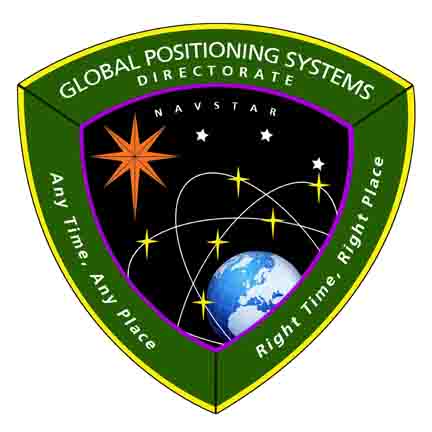
The GPS Directorate is requesting public comments on proposed changes to several interface specification (IS) and Interface Control documents (ICDs) for GPS signals in space. GPS receiver designers will be particularly interested in the changes as they affect how GPS signals should be processed in user equipment.
The GPS Directorate is requesting public comments on proposed changes to several interface specification (IS) and Interface Control documents (ICDs) for GPS signals in space. GPS receiver designers will be particularly interested in the changes as they affect how GPS signals should be processed in user equipment.
Several developments have prompted the changes, including work on the Next-Generation Operational Control Segment (OCX), design of the GPS Block III satellites, and a new memorandum of agreement among several federal agencies that would introduce new satellite outage file (SOF) to Notice Advisory to Navstar Users (NANU) messages.
Affected documents are IS-GPS-200H, IS-GPS-705D, IS-GPS-800D, ICD-GPS-240A, and ICD-GPS-870B. The comment period will close on August 19, 2016. The comments are in preparation for the next meeting of the Interface Control Working Group (ICWG) on September 21–22.
Downloadable comment forms are available on the gps.gov website maintained by the National Coordination Office for Space-Based Positioning, Navigation, and Timing. The GPS Directorate contact is Capt. Robyn Anderson, email <robyn.anderson.1@us.af.mil>, telephone 310-653-3064.
The ICWG is a specialized technical working group that serves as a forum to develop and provide interface requirements, as well as focus on interface detail definition and issues. Members include representatives from the GPS Directorate in the Space and Missile Systems Center at Los Angeles Air Force Base, California, other government agencies and offices, contractors, and other industry organizations.
The SOF updates are included in ICD-GPS-240A, which defines the functional data transfer interface between the GPS Control Segment and the GPS user and user-support communities during the Operational Control System (OCS)/Architecture Evolution Plan (AEP) systems era, and ICD-GPS-870, which defines the functional data transfer interface between the OCX and the GPS user and user-support communities.
The PIRN reflects a June 2014 Interagency Memorandum of Agreement Department of Defense (DoD) Joint Functional Component Command for Space (JFCC SPACE), the Department of Homeland Security (DHS), the U.S. Coast Guard Navigation Center (NAVCEN), and the Department of Transportation (DOT) Federal Aviation Administration (FAA) National Operations Control Center (NOCC).
The proposed interface revision notice (PIRN) 240A-002 describes new OCX-NGA and OCX-USCG interfaces between the control segment and the NAVCEN, as well as the SOF, a machine readable format of GPS satellite outage information that will be included in NANU operational advisories. PIRN-240A-002 will also address numerous formatting errors in the publicly released version of ICD-GPS-870.
ICD-GPS-870 also introduces a new Transition & Support Exchange Matrix and new language, such as turning NANUs into GPS advisories (published periodically as needed) and operation advisories into Ops Status (published daily). A new Public Common Almanac will provide orbital state and health status of the GPS constellation previously included in GPS almanacs (SEM, YUMA), anti-spoof status, and Extended Signals Health Status (ESHS) information
IS-GPS-200 defines the requirements related to the interface between the GPS space and user segments for the L1 and L2 civil signals. Proposed revisions are intended to remove ambiguity in contractor interpretation of the specification by clarifying the definition of the parameter Time of Predict (T_op) and other timing parameters.
PIRN-IS-200H-004 also introduces an Integrity/Clock/Ephemeris (ICE) data set, the collection of satellite-specific user range accuracy parameters, clock correction polynomial parameters, ephemeris parameters, and related parameters (health flags, time tags, etc.) needed to use the space vehicle (SV) broadcast signal(s)in the positioning service. As noted in the PIRN, “ICE data is sometimes also known as the user’s ‘hot start’ data for the SV. Before modernization, an ICE data set was sometimes called a “Subframe 1-2-3 data set.”
PIRN-IS-705D-003 outlines proposed revisions regarding timing parameters and the ICE data set similar to those in PIRN-IS-200H-004, only for the L5 signal. A related PIRN-IS-705D-004 describes modifications “to clarify extraneous, ambiguous, redundant, or missing editorial and/or administrative information to enhance the public document [IS-GPS-705D] quality (clear and concise communication)” as suggested by ICWG participants, stakeholders, and key members.






